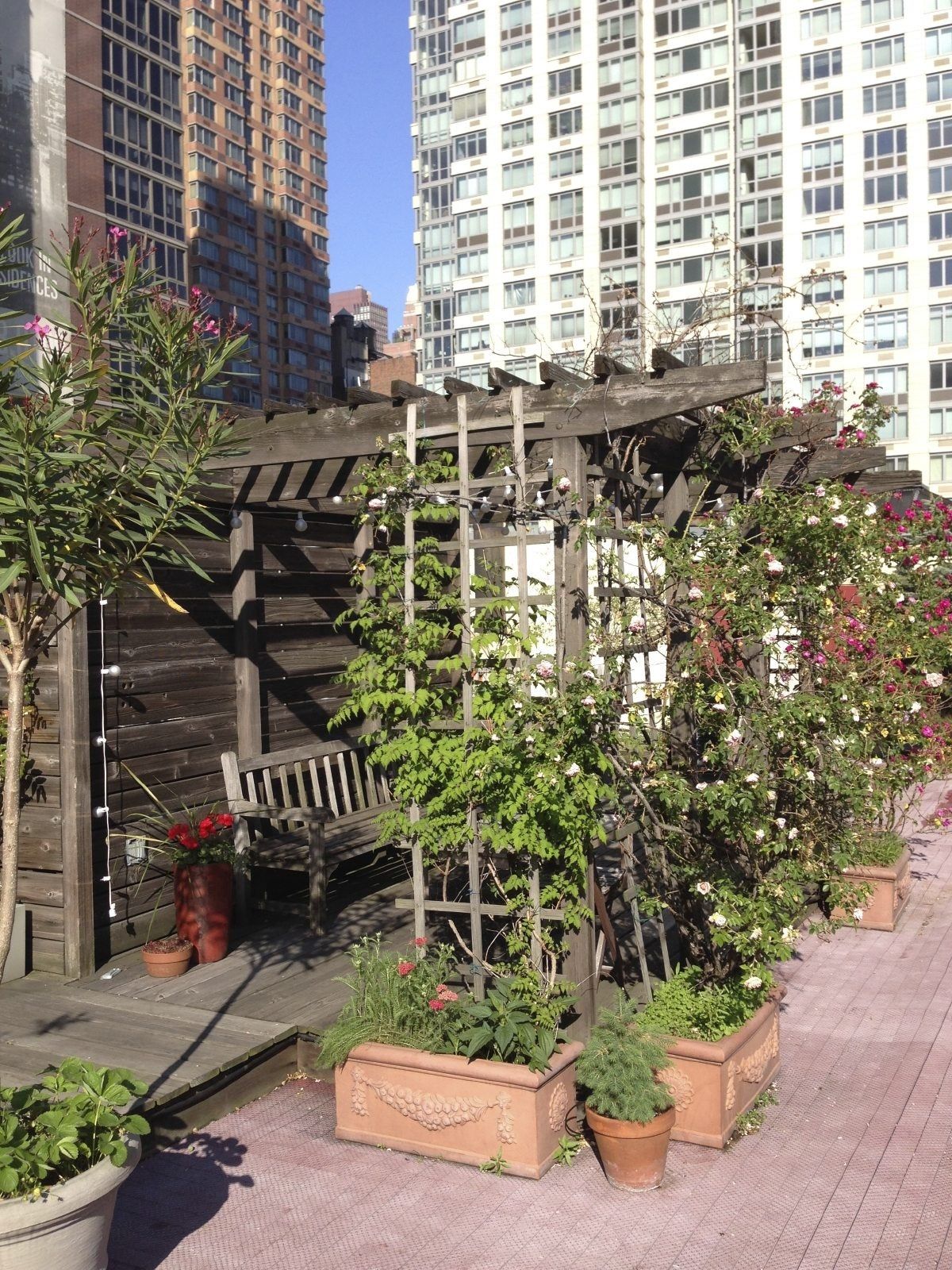Not known Factual Statements About City Blooming
Not known Factual Statements About City Blooming
Blog Article
City Blooming Things To Know Before You Buy
Table of ContentsA Biased View of City BloomingNot known Details About City Blooming All About City BloomingA Biased View of City BloomingThe 3-Minute Rule for City Blooming
Fascinated in growing food for sale in the City of Chicago? Below is a checklist of regularly asked questions pertaining to the rules and laws that farmers should take into consideration when planning a city farming task.
The zoning change does not change any kind of other codes managing composting, structure authorizations, acquiring or renting City owned home, service licenses or environmental contamination. There are existing codes that control these concerns and they remain completely impact and may be suitable to your task. Area yards are generally had or managed by public entities, public organizations or community-based companies and preserved by volunteers.
Urban farms expand food that is intended to be sold, either on a nonprofit or for-profit basis. Due to their commercial purpose, city farms call for a business certificate.
City Blooming for Dummies
The quantity of compost product can not go beyond 25 cubic yards at any kind of given time according to the standards in 7-28-715 of the City's Municipal Code. Due to the fact that the soil at many new yard sites needs amending, garden compost, soil, timber chips, or various other products can be acquired to build or improve the growing space.

If a structure permit is needed after that the hoophouse will certainly be thought about an accessory building. You can discover even more about the building authorization needs by contacting the Department of Buildings. The 25,000-square-foot size limitation is meant to avoid a solitary area garden from controling a given block or interfering with the block's existing property or commercial personality.
The limitation does not use to gardens found in Public Open Room (POS) districts. Can there be more than one area garden that is 25,000 square feet on a solitary block? Secure fencing is not needed, nonetheless, yards that have huge auto parking locations might be needed to set up fencing or various other landscape design functions.
5 Simple Techniques For City Blooming
B1 & B2 areas call for that all business use activities be carried out inside. Is fence needed for city farms? Fencings might be needed, along with landscape design and screening, for certain car park areas and exterior work or storage areas depending on location and the specific activity taking area.
Urban farms require building licenses and zoning approvals prior to building (home and garden). Various other kinds of city evaluation may be needed depending on particular structures, tasks, size, landscaping, licensing, public health and stormwater monitoring issues.
Yes. The kind of license is identified by what is taking place at the website. The Department of Organization Matters and Consumer Protection can aid figure out the specific kind of service license that's called for. Yes. Off road car parking is needed for a lot of commercial jobs in Chicago. The called for number of auto parking rooms is based on the variety of workers working with site and not the square footage of the growing area.
See This Report about City Blooming

A city ranch can offer compost product created on website, nevertheless, the procedure has to abide with the guidelines in 7-28-715 of the Chicago Municipal Code. Aquaponic systems are allowed indoors on urban farms in lots of zoning areas.
Up to 5 hives or nests of honey bees might be maintained as an accessory use. Beekeepers have to sign up with the Illinois Department of Farming. For more information concerning the recommended zoning amendment you might call the Department of Real Estate and Economic Advancement, Bureau of Preparation and Zoning at 312.744.8563.
Farming in cities and metropolitan areas A metropolitan ranch in Chicago. Urban agriculture describes different techniques of cultivating. https://www.intensedebate.com/people/cityblooming1, handling, and dispersing food in metropolitan areas. The term likewise relates to the location activities of animal husbandry, tank farming, beekeeping, and cultivation in a city context. Urban agriculture is differentiated from peri-urban agriculture, which takes place in backwoods beside suburbs.
Getting My City Blooming To Work
It can involve a movement of natural cultivators, "foodies" and "locavores", that look for to create socials media established on a common principles of nature and neighborhood holism. These networks can develop using formal institutional support, ending up being integrated right into local community preparation as a "transition community" activity for sustainable urban growth.
The much more direct accessibility to fresh vegetable, fruit, and meat items that might be become aware through metropolitan agriculture can improve food safety and security and food security while reducing food miles, causing reduced greenhouse gas exhausts, therefore adding to environment change reduction. A few of the visit this website very first evidence of city agriculture originates from Mesopotamia.
Report this page